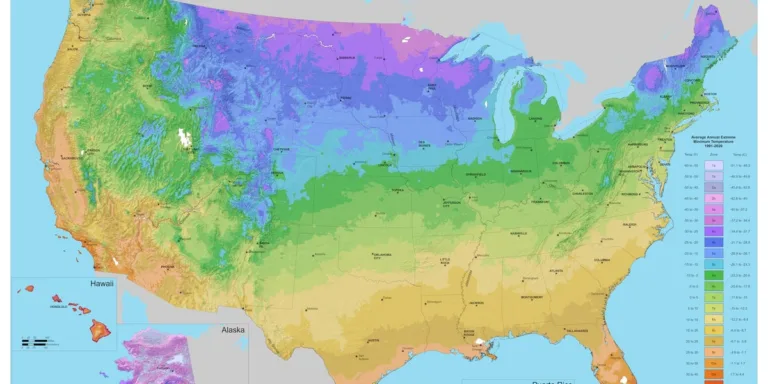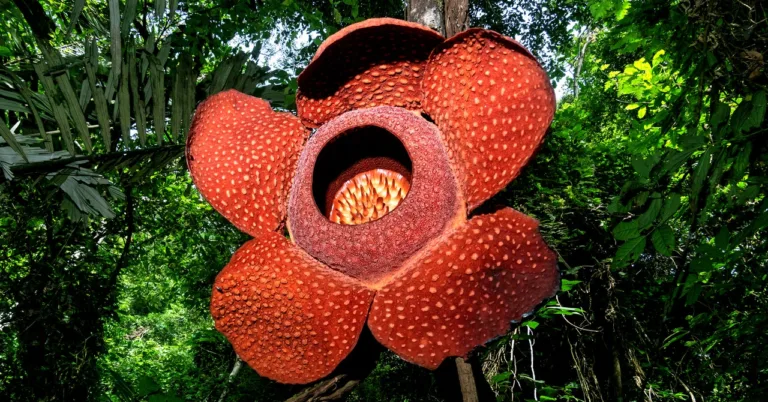The USDA Updates Plant Hardiness Zone Map, Allowing for New Gardening Opportunities
The USDA has updated its plant hardiness zone map for the first time in over 10 years. The new map shows that half of the United States has shifted to warmer plant zones, allowing for new gardening opportunities. The map is a helpful tool for determining plant suitability, but other factors like summer temperatures and soil quality should also be considered. The update is not solely due to global climate change, but rather a combination of various factors and extensive data analysis. However, it is confirmed that climate change is influencing the long-term shift of plant hardiness zones.

